Japanese larch: description and varieties, planting and care

Japanese larch is one of the most spectacular representatives of the Pine family. Its unusually colored needles, high growth rate and exceptional unpretentiousness to living conditions made the culture in demand in garden and park landscaping. The uniqueness of larch is that it has the characteristic features of both coniferous and deciduous crops.
Peculiarities
Japanese larch belongs to the deciduous conifers of the Pine family. In botany, the culture is better known as Kempfer's larch, it is also called fine-scaled larch. The homeland of campers is the island of Honshu. In its natural environment, the culture prefers high-mountain forests, it can be seen at an altitude of 1 to 2.5 thousand m. Planting of deciduous conifers can often be seen on steep hillsides as part of mixed and deciduous forest plantations. The culture very quickly spread across Southeast Asia and Sakhalin; a little later, larch mastered impressive areas in the Far East and Siberia.
The plant is able to grow successfully in both arid and harsh climates, it can withstand spring frosts and is easy to care for.
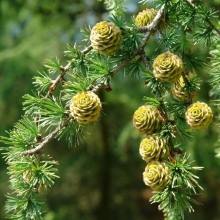

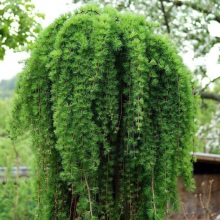
The Japanese deciduous ephedra, depending on the variety, grows up to 30 m. The tree has a powerful, strong trunk, peeling cover and elongated, spirally twisted branches. With the onset of cold weather, young shoots change color from green-brown to brownish-lemon with a pronounced bluish bloom, adult eyelids become dark brown. The Japanese kaempfer is characterized by a high growth rate, the annual growth in length is 30 cm, in width - about 15 cm. The crown is most often pyramidal, the needles are emerald-glaucous, the needles grow up to 9-15 cm. In the fall, the needles change color, becoming light lemon ...
Larch fruiting occurs at 13-15 years of age. During this period, the kaempfer is abundantly covered with oval cones up to 3 cm long, they are located in 5-6 categories. Pine berries consist of rather thin scales and stay on branches for up to 3 years. Small seeds are formed inside. Kaempfer wood is durable, so the plant is in demand in the woodworking industry - furniture is made from it, as well as door leaves, window frames and souvenirs. The material is widely used for the construction of low-rise buildings.
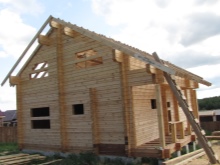
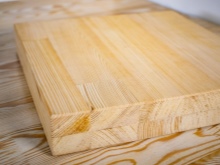
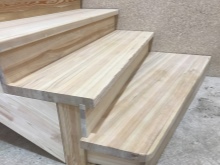
In addition to strength, Japanese larch is distinguished by pronounced bactericidal properties: it releases phytoncides, helps purify the air, in addition, it repels parasites. Japanese larch is characterized by its hardiness, as well as immunity to fungal infections and attacks of insect pests. The culture is able to withstand prolonged cold weather, mild drought, fluctuations in humidity and temperature conditions. A pleasant bonus for all camper owners will be the opportunity to take advantage of the most valuable natural gifts that this larch generously shares:
- The resin of this plant successfully heals boils and abscesses, and also quickly heals wounds;
- needles help to strengthen strength and restore the body after colds;
- a decoction made from young shoots, copes with bronchitis and pneumonia, treats joint pain.
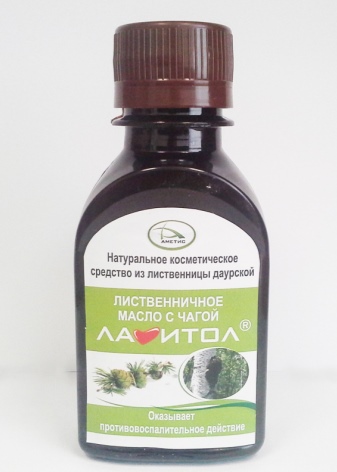
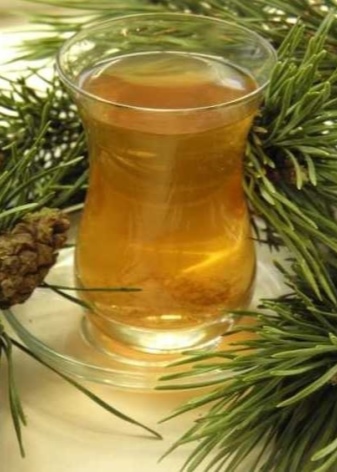
Varieties
Let's dwell on the description of the most popular varieties of Japanese larch in landscape design. They can differ in size, type of crown and shade of needles - from the variety of varieties presented, every gardener, no doubt, will be able to choose the best option for his or her household.
- Stiff Weeper - larch, whose shoots spread along the ground. Depending on the site where the graft is located, this weeping form can grow up to 1.5–2 m with a diameter of 0.7–1 m. A beautiful crown with a small number of lateral shoots on hanging branches makes it popular to use this plant in spectacular landscape compositions. This variety looks harmonious on sun-drenched lawns.
The needles "Stif Viper" have a deep greenish-blue color. With the arrival of autumn, the foliage changes its color to yellow and falls off. Women's cones are usually reddish in color, while men's have a rich yellow tint. This undersized tree is distinguished by its exactingness to the level of humidity - it does not tolerate prolonged stagnation of water and drought.
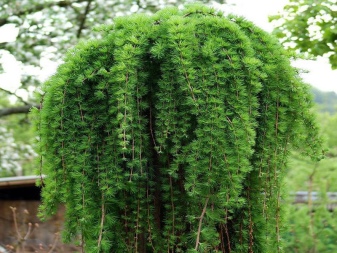
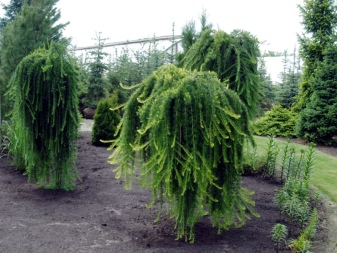
- "Pendula" - tall weeping larch, height reaches 7-10 m. "Pendula", in comparison with all other varieties of Japanese larch, grows rather slowly, due to which the original appearance of the garden composition remains in the landscape for a long time. This variety is distinguished by exceptional decorativeness - tree branches can grow to the ground and spread over the surface of the ground, forming beautiful patterns. The needles are soft, the color is greenish-blue. "Pendula" propagates by grafting, the plant is undemanding to the chemical composition and structure of the soil, but the greatest growth is noted on loose and well-drained lands.
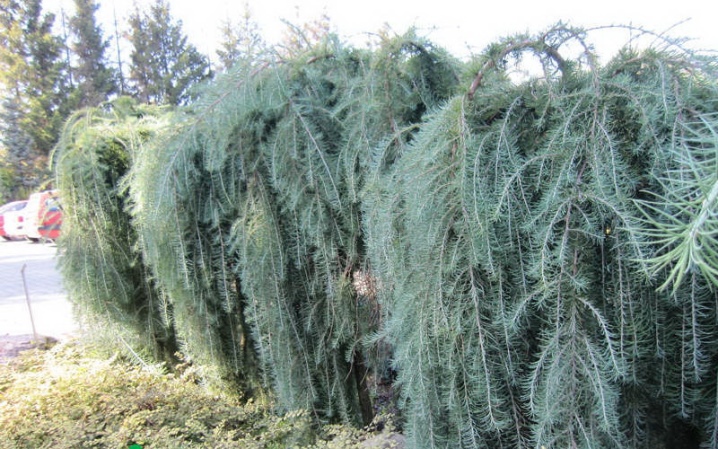
- "Diana" - a very effective variety, a characteristic feature of which is spirally twisted shoots. Cones give a special decorative effect to larch, which at the stage of flowering acquire a pinkish color. Under favorable climatic conditions, larch of this variety grows up to 9–10 m with crown dimensions up to 5 m. The crown is hemispherical, the bark is brown-brown. In the spring-summer period, the needles are painted in a light green color; with the arrival of autumn cold snaps, the needles acquire a yellow color. Young crops grow quite quickly, but as they mature, annual growth slows down.
Diana larch in garden design is popular as a spectacular solitaire on the lawn, it is often used to compose compositions with other conifers and lush flowering shrubs.
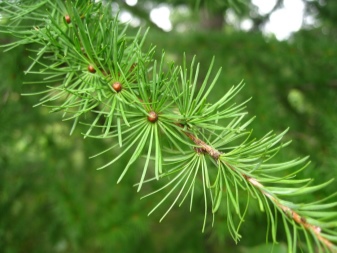

- "Blue Dwarf" differs from other varieties of Japanese larch in its beautiful sky-blue shade of needles, which changes to yellowish in autumn. The variety is undersized, the length does not exceed 0.6 m, the same is the diameter of the formed crown. The Blue Dwarf prefers light or lightly applied areas and moist, fertile soils. In garden landscaping, it is usually used to simulate garden alleys and create hedges.


- Voltaire Dingen - dwarf larch, which by its appearance can become a worthy decoration of any garden. Due to its compactness, the plant can be planted on alpine hills, not far from artificial reservoirs, as well as in spectacular heather compositions. Such larch grows rather slowly, by the age of 10 it reaches only 70–80 cm in width and no more than 50 cm in height. The needles have a pleasant greenish-bluish tint, the needles are slightly twisted, 3.5 mm long. Shoots are shortened, growing radially.
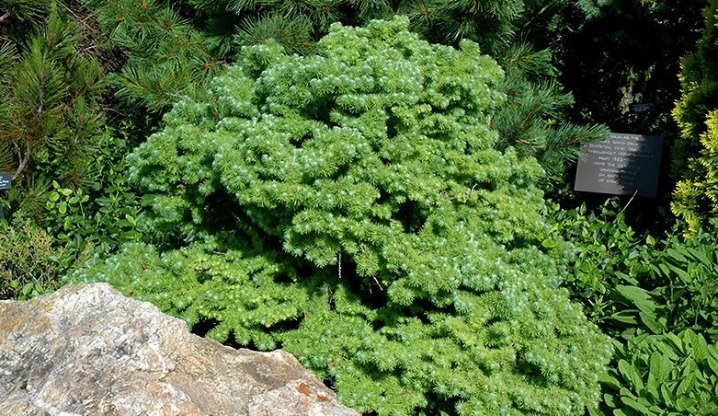
Diseases and pests
How to plant?
There is an option of growing a kaempfer from seeds, but this is a very troublesome and long-term business, so it is best to buy a seedling in a nursery. When buying, you should pay special attention to the quality of the planting material. If the plant is strong, has a full-fledged, formed root system, a healthy, elastic trunk and bright needles - the seedling can be used for further breeding. If the needles have acquired a yellowish tint, most likely, this plant is sick, and it makes no sense to plant it. For planting on a permanent site, 1-2-year-old crops are suitable.
Planting work should be carried out in early spring (before bud break) or in autumn, immediately after leaf fall. Open sunny areas are suitable for disembarkation, it is desirable that they be in the shade for a couple of hours a day.
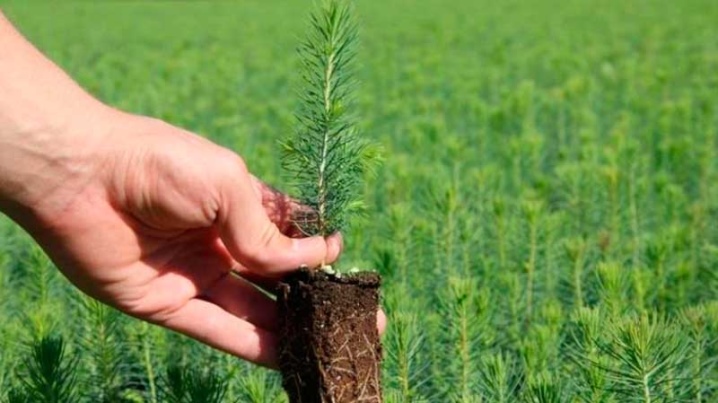
The roots of Japanese larch are deep and branched, due to which the plant is particularly wind-resistant. Planting work is not difficult. The depth of the planting hole is approximately 1 m, the width should be 2-3 times the diameter of the root system. The bottom must by all means be laid out with expanded clay, pebbles or any other drainage with a layer of 10-15 cm.
For planting, a soil mixture is prepared, consisting of sod land, as well as peat and river sand, taken in a ratio of 3: 2: 1. Half of the soil substrate is poured directly onto the drainage, then the seedling is placed and covered with the rest of the substrate.
After planting, the plant is watered abundantly and covered with mulch.
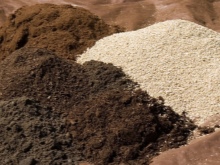
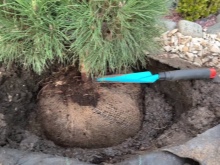
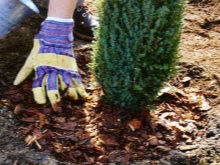
How to care?
Kempfera is a fairly unpretentious plant that requires very little maintenance. It is able to grow and develop successfully in almost any conditions, without requiring constant guardianship from its owner. The rules for caring for a camper are simple.
- During the first year of life, young larch trees will require frequent watering. In the summer season, 17–20 liters of water are added under each tree at intervals of 1–2 times every 7 days. If the weather is dry and hot, you can slightly increase the amount of irrigation. As the root system grows and strengthens, the need for moisture decreases; at this time, larch needs water only during the drought period.
- Young larch requires frequent sprinkling with cool water. It is best to carry out treatment every other day in the morning - such spraying allows you to preserve the color of the needles and repels many garden pests.
- In the first year of its life, Kempfer larch requires frequent loosening. The procedure must be carried out each time as the crust forms around the trunk circle. In parallel with this, weeding is carried out; for crops over the age of 3 years, this procedure is no longer necessary.
- Throughout the growing season, the soil should be covered with a layer of mulch, which allows water to be retained on the soil surface, protects the roots from hypothermia, and also protects the camper from the appearance of weeds. Usually peat is used as mulch, as well as sawdust, straw or crushed tree bark.
- Every year in early spring, even before the buds swell, fertilizer should be applied. Ready-made complex formulations for coniferous crops are suitable as top dressing. Kemira is highly effective; it is added in a dosage of 100–150 g / sq. m.
- Every year the plant needs sanitary pruning - the removal of all damaged shoots and branches. Larch needs molding only in the first three years of life, during this period all deformed shoots are cut off, as well as branches that form against the direction of crown growth. Tall plants are usually given a cone-shaped appearance, and undersized ones - a spherical shape.
- Larch in the stage of immature seedlings must be covered for the winter, as well as during the spring frost. For this, burlap or kraft paper is usually used. Adult winter-hardy campers do not need any protection, even if their shoots are damaged - the plant will quickly recover, by the beginning of summer all unpleasant consequences will completely disappear.
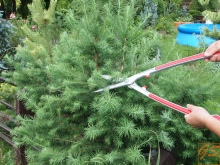

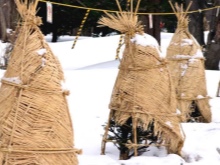
Reproduction methods
Propagation of larch by cuttings is a very laborious process that does not always lead to the expected result.In nurseries for varietal propagation, grafting is usually used. This method requires special skills, therefore it is not used in private gardening. The seed method also has its own difficulties - it takes a lot of time and is not suitable for every type of larch. Nevertheless, this option is considered the most rational.
Before planting, the seed must be kept soaked in water for several days. It is advisable to place the container with seedlings in a cool place for this time, for example, in a refrigerator. Cultivation is carried out in pre-heated soil, a distance of 2-3 cm is left between the seeds, the sowing depth is 4-5 mm. The first shoots appear after 2-3 weeks. After a year, the seedlings will get stronger, at this moment they should be planted away from each other.
The plant is planted in a permanent place when it reaches the age of 1.5-2.5 years.

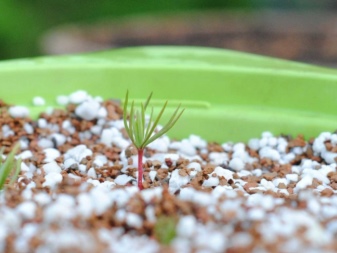
Diseases and pests
Like any coniferous plant, Kaempfera is distinguished by a rather high immunity, resistance to diseases and pest attacks. Nevertheless, she still faces some diseases.
- Leaf moth - more popularly known as "coniferous worms". The needles of a diseased plant become flabby to the touch and more faded. The affected shoots must be removed, if the area of the disease is large, additional treatment with insecticides will have to be performed.
- When attacked by aphids, the needles are deformed and turn yellow. Similar symptoms occur when a culture is damaged by leafworm caterpillars or a deciduous sawfly. Chlorophos or Fozalon is highly effective against these insects.
- With the onset of spring, young needles become food for the larch sheath beetle caterpillars. Treatment with "Rogor" saves from this parasite, the course of treatment must be repeated at the beginning of June.
- To protect the plant from bark beetles, barb beetles and bark beetles the land near the bush and the larch bole must be treated with Karbofos or Decis solution.
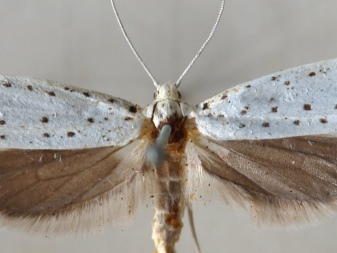

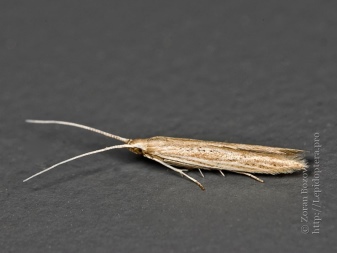
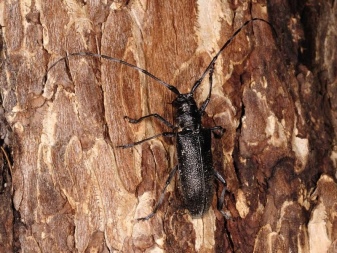
During the rainy season, when the air humidity is increased, the risk of developing fungal infections is high, namely:
- if brown spots appear on the bark - most likely, the plant is affected by the shute fungus; in the absence of emergency measures, the needles quickly turn yellow, dry up and fall off, in the early stages of the disease, a solution of colloidal sulfur or Bordeaux liquid helps;
- root sponge, edged tinder fungus and some other fungi cause trunk rot; copper sulfate is highly effective in this case;
- the greatest danger to a tree is a fungal infection of rust; copper-containing fungicides help to treat it.

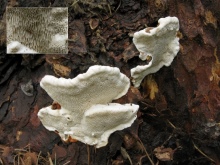
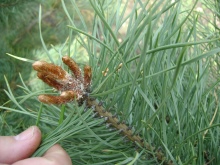
Examples in landscape design
In Japan, Kempfer's larch is prized for its medicinal and decorative properties. In the East, the tree is often grown in the bonsai style. The deciduous ephedra came to Europe in the 18th century and immediately took pride of place in parks, gardens and urban plantings.
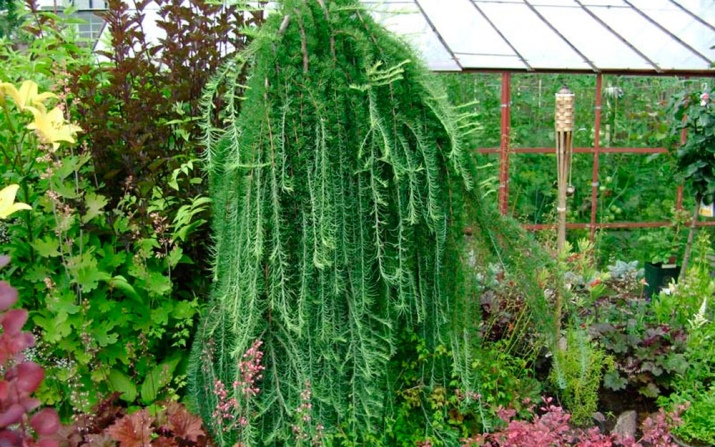

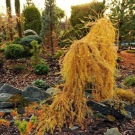
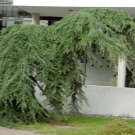
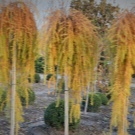
For the proper care of larch, see below.































































The comment was sent successfully.